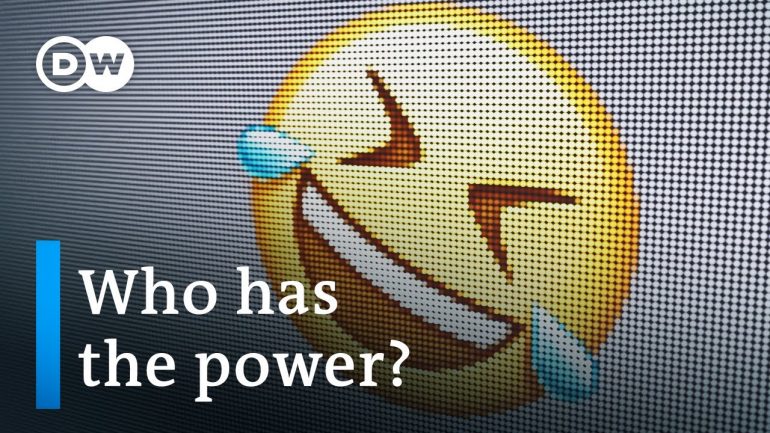Beyond the Emoji shows how our means of communication are more extensive than ever before, the push of a button now days can put us in touch with hundreds or even thousands of people who are connected all over the globe. We not only communicate in text but increasingly in images too and Emojis are now used by 2.9 billion people. 212 countries use the emoji keyboard and every day we send seven billion emojis worldwide. If you were to call emoji’s a language it would now be the single most used language in the world.
We digitally kiss and smile but also express our sadness or support via emoji’s, they could be described as the body language of the digital age. They seem innocent almost trivial even but there is a whole world lurking behind these emojis that are mostly unknown to the public. Where do emojis come from and who has the power over them, deciding which icons we use universally? Is this just the bringing, a prehistoric age with regards to a new form of communication?
Beyond the Emoji takes use inside the “High Council” of online communication known as the Unicode Consortium. A group that is difficult to access and meets four times a year on the west coast of the United States. The group itself is comprised mainly of representatives from Apple, Microsoft, Facebook, Google, IBM, Netflix, Amazon, and Intel. They set the global standard for symbols, characters, and fonts so that all our devices can communicate with each other effortlessly.
The twelve-member “Emoji Commission” is part of Unicode and as we dive deeper into the world of little icons, the better she sees that this micro-world is a reflection of the “real” world. But what does it take to get a new emoji on someone’s keyboard? How come there is an LGBTQI rainbow flag emoji but not the one that stands for transgender people? We discover who ultimately makes these decisions.
A little bit of history: The emoji was predated by the emoticon, which was a basic text version of the now well-known Unicode emoji language. Many of you who lived through the 1990s and 2000s should remember receiving these little guys via SMS ‘:-)’, ‘:-(‘, ‘;-(‘, etc. These first came to be in the 1980s when computer scientist Scott Fahlman invented the emoticon but since then many iterations have been made to enhance the basic emoticon to make it more desirable for use. The concept however dates even further back to the 1960s when in an interview a Russian novelist known as Vladimir Nabokov said the following “I often think there should exist a special typographical sign for a smile — some sort of concave mark, a supine round bracket.”
Directed by: Mea Dols de Jong





0 Comments / User Reviews